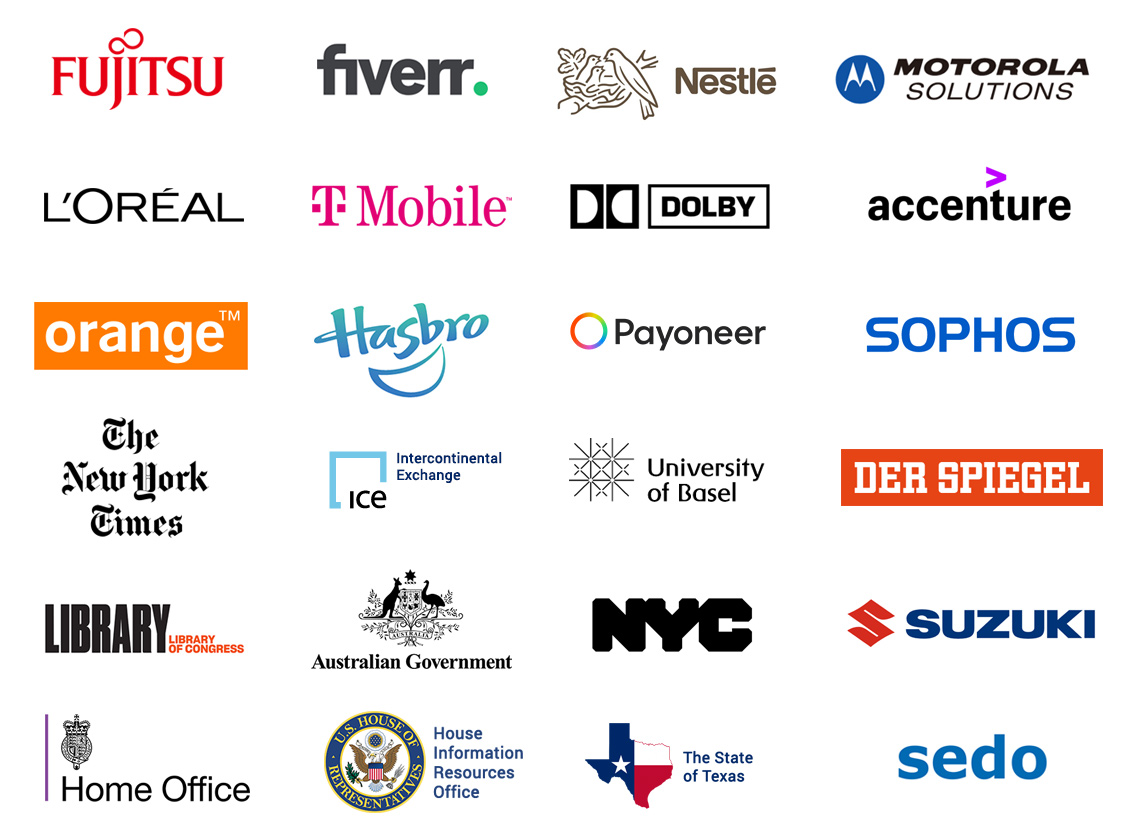In this article, extracted from my Comprehensive Virtual Browser Guide, I'll introduce you to ten different virtual browser use cases and show you how to quickly access a virtual browser via Browserling.
Virtual Browser Demo
A demo speaks louder than a well written article. You can connect to a virtual browser created by me and my team via browserling.com/browse. We run virtual browsers on our servers and stream just the browser window to you as a live video.
What Are Virtual Browser Use Cases?
Cross-Browser Testing
A virtual browser allows you to test your web applications across multiple browsers and versions without needing to install them locally. This ensures compatibility and a consistent user experience across various browser versions and platforms.
Debugging Web Applications
A virtual browser provides an isolated environment for debugging web applications, allowing you to test code changes in real-time across different platforms and devices without maintaining a bunch of devices yourself.
Responsive and Mobile Testing
A virtual browser enables you to test how web applications render and perform on various mobile devices and screen sizes, ensuring that your site is responsive and functional across all platforms.
Keeping Legacy Web Applications Alive
A virtual browser allows you to access and interact with older web applications that require deprecated browser versions or specific configurations, preserving functionality of historical or legacy systems.
Quality Assurance Processes
A virtual browser streamlines QA processes by enabling testers to rapidly switch between different testing environments, verify bug fixes, and validate user experiences across multiple browsers and operating systems, enhancing the efficiency and effectiveness of testing protocols.
Remote Browsing
A virtual browser enables you to access and browse the Internet from different geographical locations, which is useful for testing geo-specific content, global SEO strategies, and verifying ads or services in targeted regions.
Security and Privacy
A virtual browser isolates potentially harmful websites, protecting your system from malware, phishing attacks, and other security threats. It ensures that all browsing activity and data are securely contained and destroyed after the session ends.
Performance Testing
A virtual browser can be used to analyze the performance of web applications under various conditions, including different browser types and versions, device configurations, Internet speeds, and geographic locations, helping you optimize for speed and responsiveness.
Web Scraping and Automation
A virtual browser can be used for web scraping, allowing you to automate data extraction from websites in a controlled environment, minimizing the risk of being blocked.
Educational and Training Simulations
A virtual browser is ideal for educational purposes, providing a safe and controlled environment for students to learn web development, cybersecurity practices, and software testing without the risk of messing up their local systems.
What Is Browserling?
Browserling is a cloud-based virtual browser platform that provides developers, testers, and cybersecurity experts with the ability to interact with various browsers and operating systems directly from their web browser, without any installations or setups. It is instrumental for cross-browser testing, debugging, ensuring compatibility of web applications across different environments, and safely testing suspicious links and files in an isolated environment.
Who Uses Browserling?
Browserling has now become the virtual browser platform of choice for web developers, qa teams, and cybersecurity experts and it's used by hundreds of thousands of users around the world every month. Browserling's customers include governments, states, cities, banks, stock exchanges, universities, newspapers, Fortune 100, Fortune 500 companies, and private multi-billion dollar companies.

Happy browsing!
